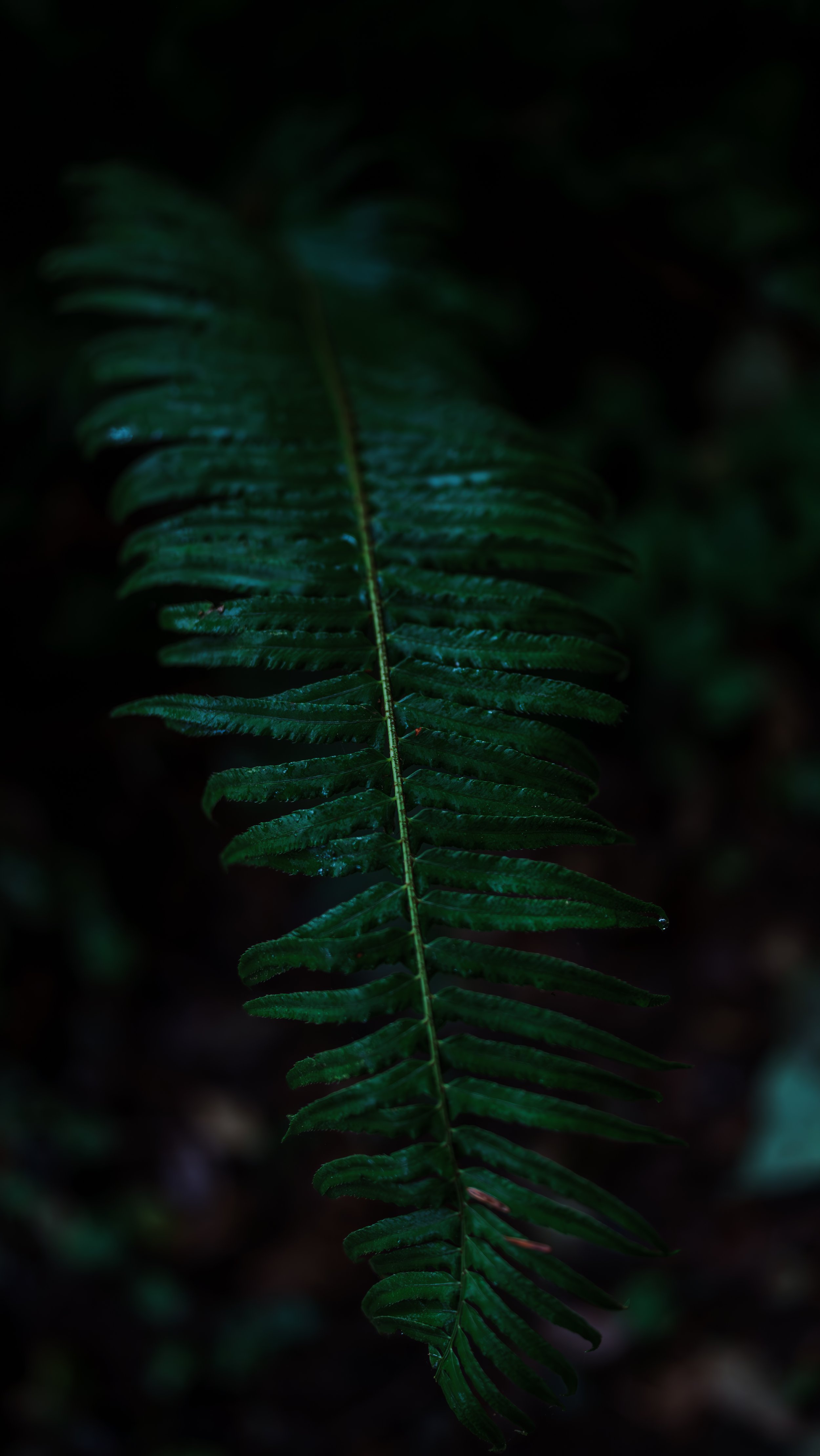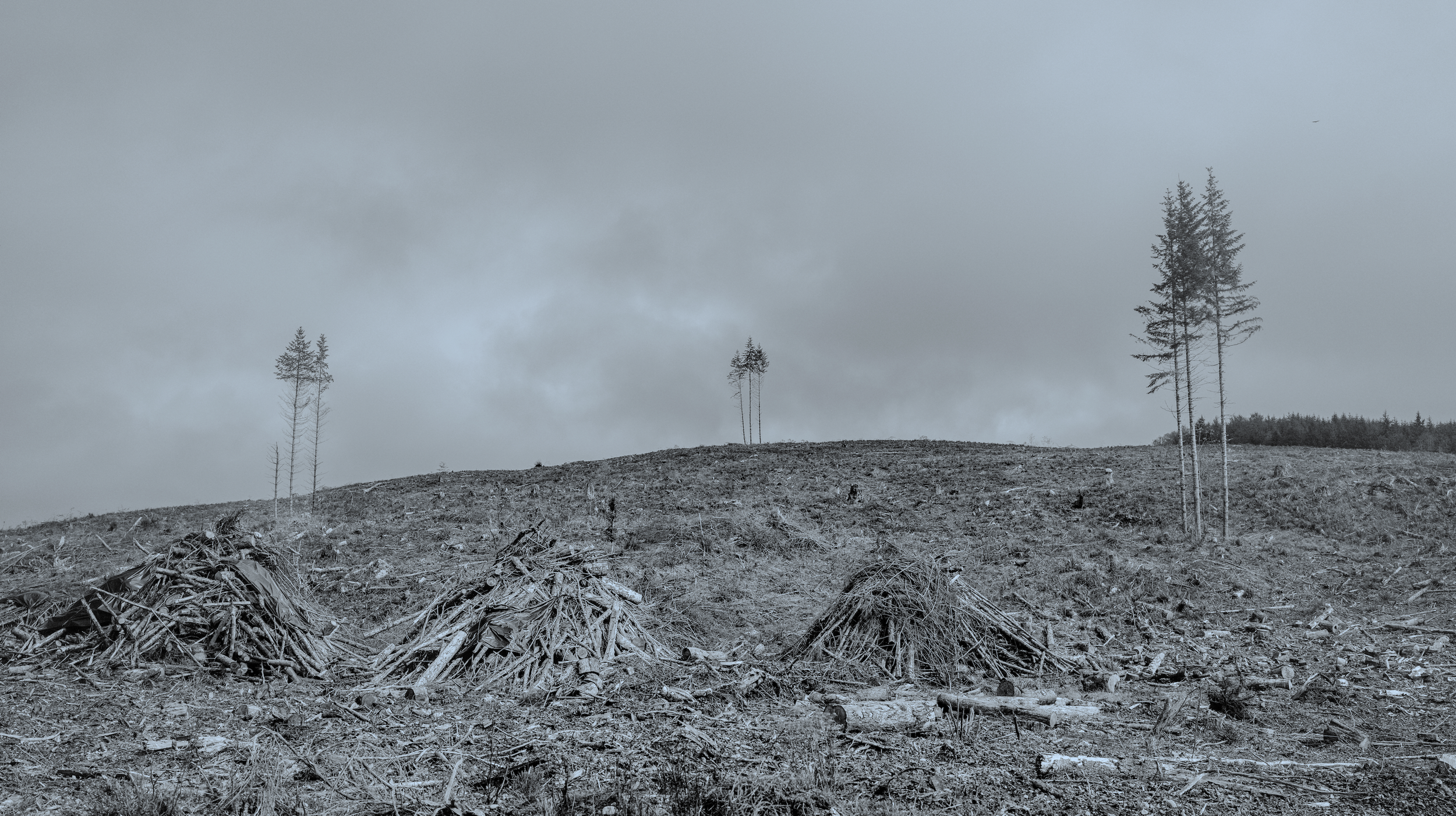Taking Flight.
Planting the Future.
Drone-Seeding Fleet (DSF)
Our Drone-Seeding Fleet (DSF) is comprised of 20 networked drones connected to our Seed-Ball Ejection System (SES) and one Lead Sensor Drone (LSD) for an effective approach to large-scale reforestation of thousands of hectares in area. This combined approach allows us to perform targeted planting over specific areas to successfully plant various species attuned to the needs of the area dependent on local plant history, soil ecology, and climate history for the area. Our systems allow us to geographically place each of our seed-balls on interactive topographical maps which we can then layer with later spectral analysis mapping data of these areas post-planting to determine accurate germination rates.
Each DSF can plant up to 1 Million Trees a week over an area of 2,400 hectares. Our system’s are designed to plant up to the theoretical threshold of trees that one hectare of land can support, in order to maximise healthy and sustainable reforestation efforts for entire ecosystems.
We hope to expand to upwards of 50 DSF’s for simultaneous international projects.
Carbon by the Numbers.
We are losing over 15 billion trees a year due to deforestation, fire, climate change, and other anthropogenic causes. That’s a total net loss of over 1.5 billion metric tons of carbon a year that these trees can sequester from their environments, as well as a large portion of the carbon trapped in that plant matter which is reintegrated into the global carbon levels present in the atmosphere. That is not even counting the global output into that system every year to the tune of almost 40 billion metric tons a year currently.
Our systems are designed to meet the logistics of the scale of planting which can at least counter and match the current global tree loss rate annually at replacement value of over 15 billion trees a year to mitigate global carbon sequestration losses. Our long-term goals for the company is to aim past mitigation levels of global climate carbon sequestration and reach for replacement values through planting up to 50 billion trees, flowering plants, and the restoration of grassland systems on an annual basis to use biomass and evolutionary perfected carbon capturing practices present in plant life to assist our plans for a greener future.




